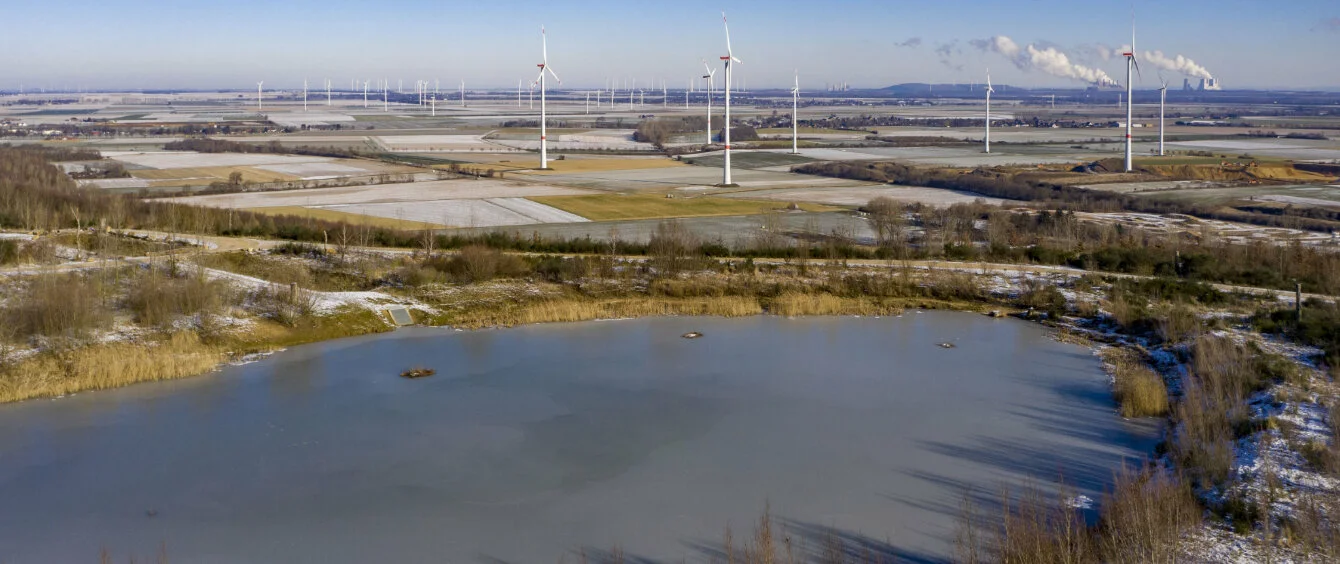As power demand races back from the Covid-19 pandemic, the International Energy Agency (IEA) estimates that global coal use rose 9% in 2021 to 10,350 TWh. This represents a new all-time high, dashing hopes that coal consumption had peaked and underlining how critical the accelerated construction of renewable energy capacity is to meeting net zero carbon targets.
Global coal consumption dropped following the 2008/09 financial crisis and again in 2019 and 2020, both times primarily as result of severe slowdowns in the global economy. However, it also fell from 2014-2016, a development attributed to more long-lasting structural change, owing to efforts to replace coal with less polluting forms of power generation, especially renewable energy.
Regional focus
Looking at coal consumption regionally, it is clear that permanent structural change has taken place in some parts of the world.
Europe almost halved coal use from 17.4 exajoules (EJ) in 2007 to just 9.4 EJ in 2020, an overall trajectory which has not been derailed by recoveries following periods of economic slowdown.
Principal drivers have been policy-led coal phase outs, support for renewables, and more latterly high carbon pricing. However, adverse weather conditions, limiting renewable energy output and increasing demand for power and heat, combined with high gas prices, saw an increase in coal use for the first time in years in 2021.
Coal use in North America has experienced a similar rapid downward trajectory, dropping from 24.6 EJ in 2007 to 9.9 EJ in 2020.
This reflects increased renewable energy use and a major switch from aging coal-fired plants to gas-fired generation powered by competitively priced natural gas. But again, coal consumption rebounded last year as power demand overwhelmed the capacities of the growing low carbon portion of the US energy system.
In both Europe and North America, increased levels of coal consumption in 2021 are expected to be short-lived. The IEA forecasts coal use will fall by 30% and 21% respectively in the period 2021-24, reconfirming the downward trajectory of coal consumption in both regions.
Coal demand in Asia
The situation in Asia is very different.
China and India, the two most populous countries in the world, have much younger coal fleets and are more dependent on the fuel for primary energy supply as a whole. Even with the rapid deployment of renewable energy capacity, they have fewer alternatives to meet the energy demands of their massive populations, despite much lower per capita energy consumption than either Europe or the US.
Moreover, developing countries’ rates of electricity demand growth are higher than in developed countries, presenting the twin challenge of simultaneously decarbonising the existing energy system and meeting new growth in demand with low carbon power sources.
Coal consumption is forecast by the IEA to rise by 4.1% in China, 11% in India and 12% in Southeast Asia from 2021-24, more than offsetting declines elsewhere and driving global coal use to new all-time highs.
In the electricity sector, low carbon power sources are expected to meet most but not all additional power demand, and coal and gas will fill the gap.
Growth in electricity generation
in Terrawatt hours, source: BP Statistical Review of World Energy, 2021Energy security issues loom
The rise in coal use reflects a growing risk identified by the IEA. Fossil fuel investment is slowing at the same time that clean energy technologies are not expanding fast enough. As a result, energy security risks are growing. In 2021, across the world, this meant a resort to higher coal use to keep the lights on, people warm and industry running.
But it has also pushed climate targets further out of reach, highlighting the need to redouble efforts to expand low carbon energy capacities. Rising coal use over the next three years, the IEA worryingly says, “indicates a widening gap between political ambitions and targets on the one side and the realities of the current energy system on the other.”
